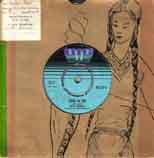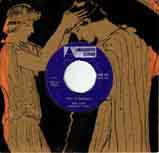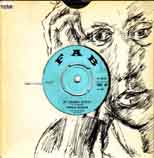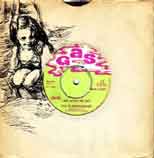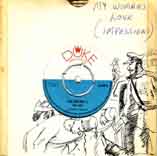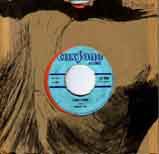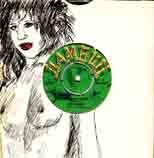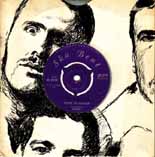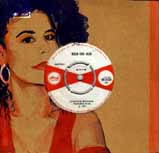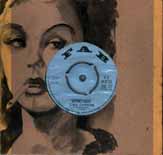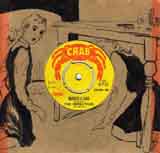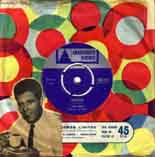EARLY REGGAE / SKINHEAD
On this page, along with some of the music associated with the first British
Skinhead movement, are some examples of the early Reggae beat.
It seems that the music of Jamaica had reached an altogether new plateau after the brief, but golden, sounds of Rock Steady, as until then the bulk of the music produced had tended to be solely for the purpose of the dance, whether fast or slow. And if Ska was 'body' music, pure energy and optimism, then Rock Steady, which slowed things down, had became more introspective, music for the heart and mind. Some time in 1968 there was an enormous creative explosion and from that explosion a kaleidoscope of musical styles was born, which became known collectively as Reggae. I believe this paradigmatic shift came about in part, through the awareness of the musicians, artists, producers, and audiences in Jamaican that the music they were creating had value and use beyond their own needs and desires to a near global context, and had, weather they wanted it or no, now entered an international dimension.
The sub genre known as Skinhead is of purely British origin, it was not until well into it's existence that it was recognized as such by the Jamaican music industry, and then became part of a feed-back loop connecting the British Isle's to Jamaica. What is Skinhead in a Jamaican music context? In truth it could be said that almost all music, known collectively as Reggae, from the late 1960s until about c1972 could be claimed as Skinhead, because Reggae was the Skinheads music of choice, they identified with its content and form and adopted it with pride. As with all styles and movements the story reaches back into its pre-existence. Three defining characteristics of a Skinhead, the mode of dress, the type, or class, of person, and the music, had all existed before the Skinhead had been codified. The most defining characteristic of the Skinhead is, of course, their appearance, and the hair in particular. As is well known many of the very first Skins were at one time Mods who were, for numerous reasons, many to do with fashion, disinclined to dress and behave in the evolving style and attitudes of the Hippie, a predominantly American (West Coast) middle class situation. The haircut and all of the clothes that became standard dress for the (male) Skinhead were worn previously, at one time or another, by Mods. This is not to take anything away from the style of the Skinhead, it just reinforces their commitment to some of the class values inherent in the Mod movement.
Only when Skinhead's had asserted their existence were they able to claim the preceding (Jamaican) music as their own. This was partly because it had shared these same characteristics, and had inadvertently helped to define the Skinhead. The early Jamaican music that the Skin's identified mostly with, were cuts like: Derrick Morgan's Fat Man, and Eric Morris's Humpty Dumpty, both on the Blue Beat label, and: Forward March Derrick Morgan, Miss Jamaica by Jimmy Cliff and Housewife's Choice Derrick & Patsy, all on the Island label, it was these, and others in a similar strident or assertive vein, from the pre Ska period that would have later become part of the lexicon of Skinhead Reggae. Yet it was with Ska and the first mention of 'Rude Boys' that the embryonic Skinhead had matured into a recognizable entity.
NEW ADDITIONS WILL NOW BE HERE
EARLY REGGAE / SKINHEAD PAGE 2
To view a record click on the title or artist next to the thumbnail image. New pages can sometimes be unavailable while being written up.







































